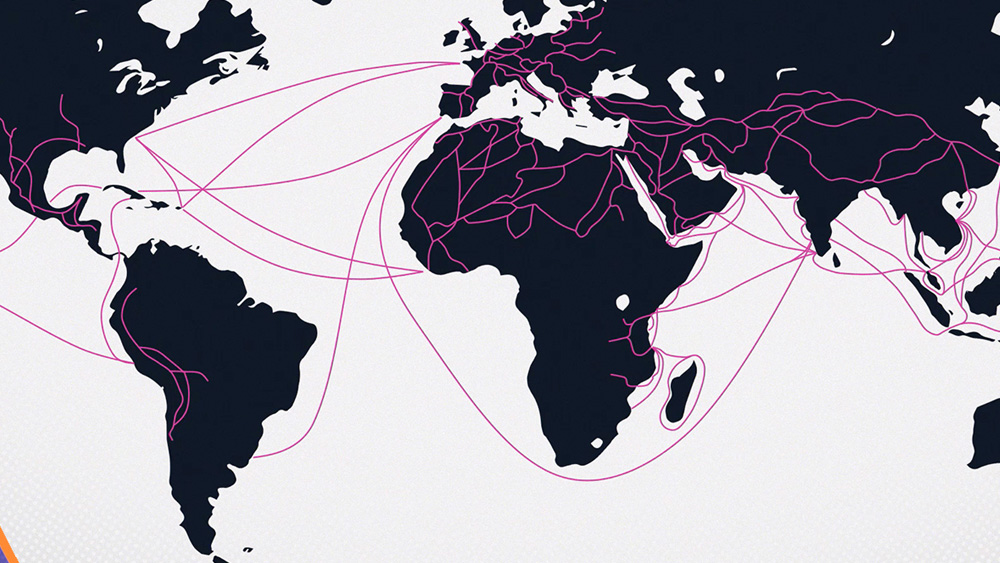Unit 6: The First Global Age
1200 to 1750 CEThe first global age featured opportunity and tragedy, and it forever altered the course of human history. Massive land empires and new oceanic empires linked the two hemispheres into an increasingly global system, both ecological and economic.
Afro-Eurasia
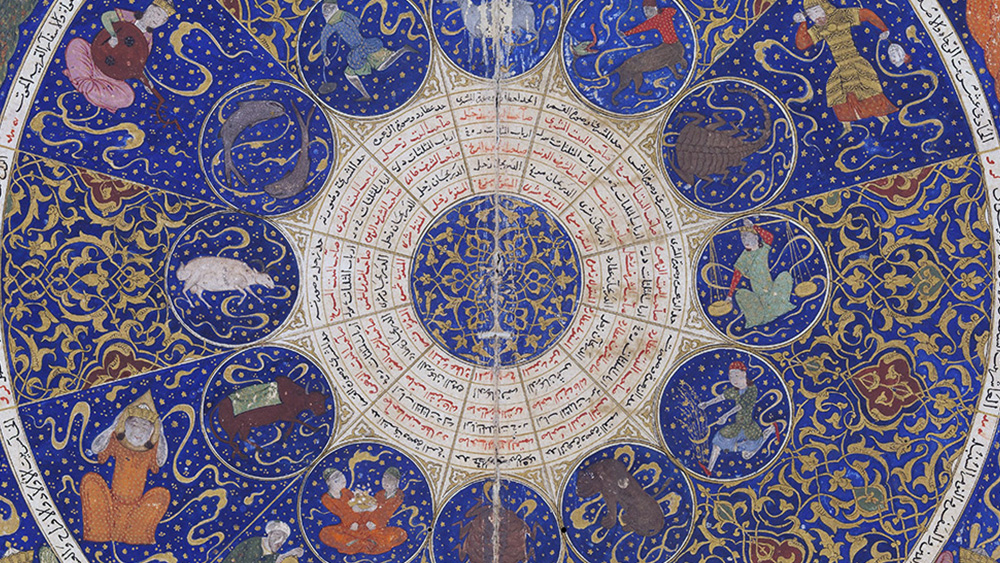
Lesson 6.2
The Mongol Empire
The Mongols created the largest land empire in history—but how did they rise to such power? Uncover how they expanded, governed, and left a lasting impact on empires for centuries to come.
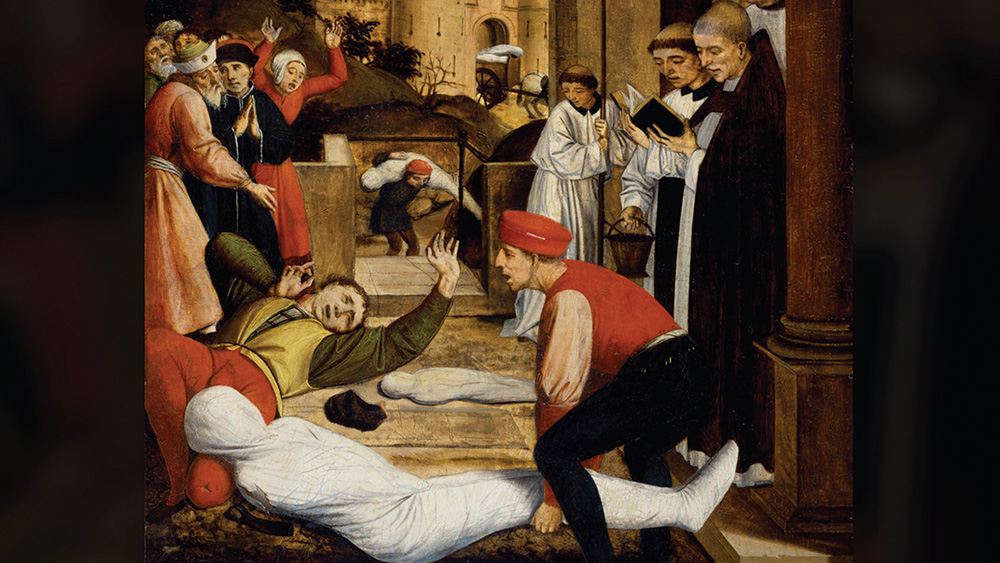
Lesson 6.3
The Black Death
The Black Death swept across Afro-Eurasia in one of history’s deadliest pandemics. Explore what caused the plague that decimated whole countries and reshaped systems and societies.
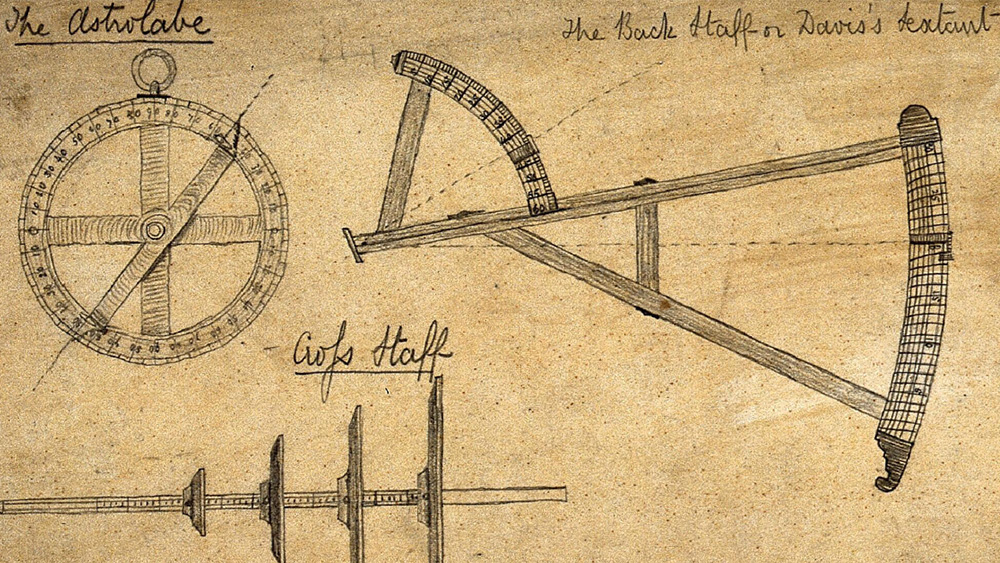
Lesson 6.4
Cultural Exchange in Afro-Eurasia
Trade networks moved science, technology, and culture to new places. As new ideas spread, they reshaped societies and set the stage for movements like the Renaissance and the Reformation.
Connecting the Americas
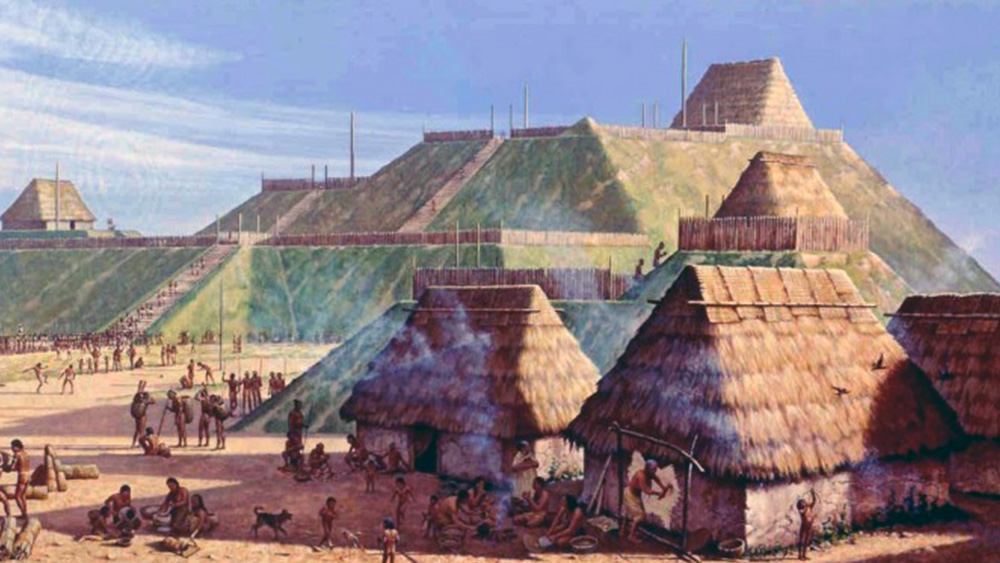
Lesson 6.5
Communities in the Americas
Explore how communities in the Americas were organized to uncover their similarities and differences—and what made them distinct from their European counterparts.
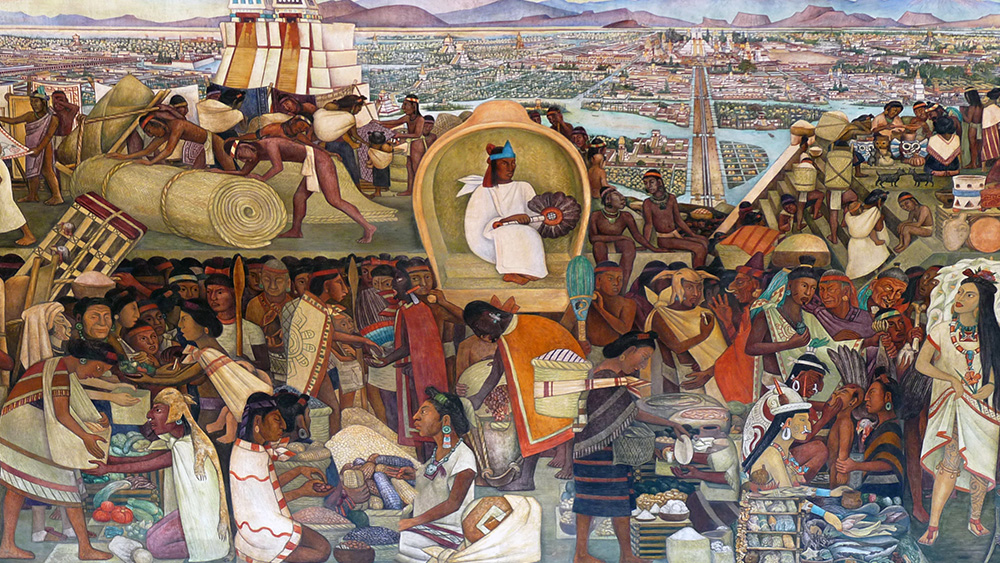
Lesson 6.6
Trade Routes in the Americas
Long-distance trade routes linked different societies across the Americas, bringing people, goods, and ideas to new places—and reshaping communities along the way.
Global Connections
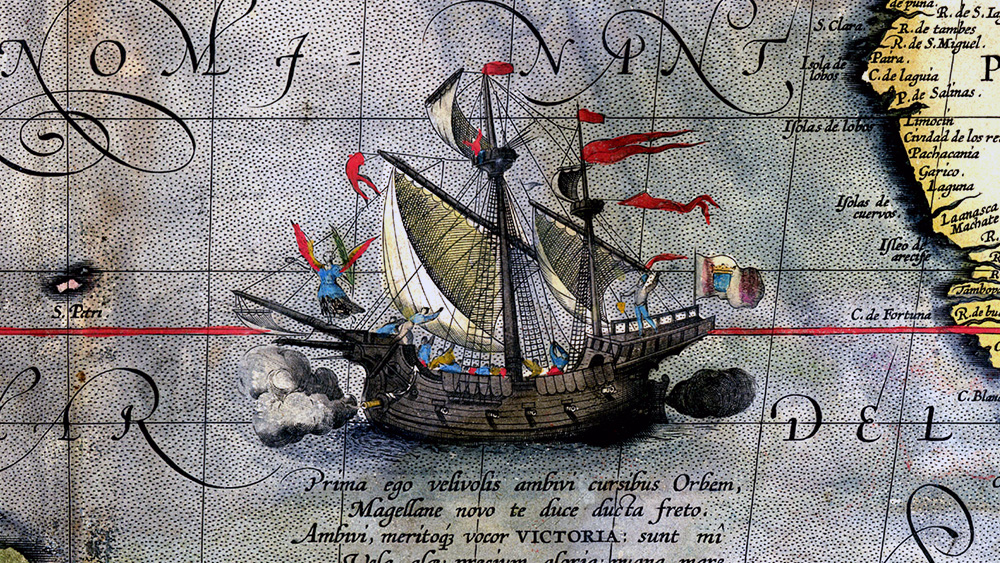
Lesson 6.7
Age of Exploration
European maritime voyages forged lasting transoceanic connections that reshaped the world. Discover what made these oceanic empires possible and how they stood apart from their land-based counterparts.
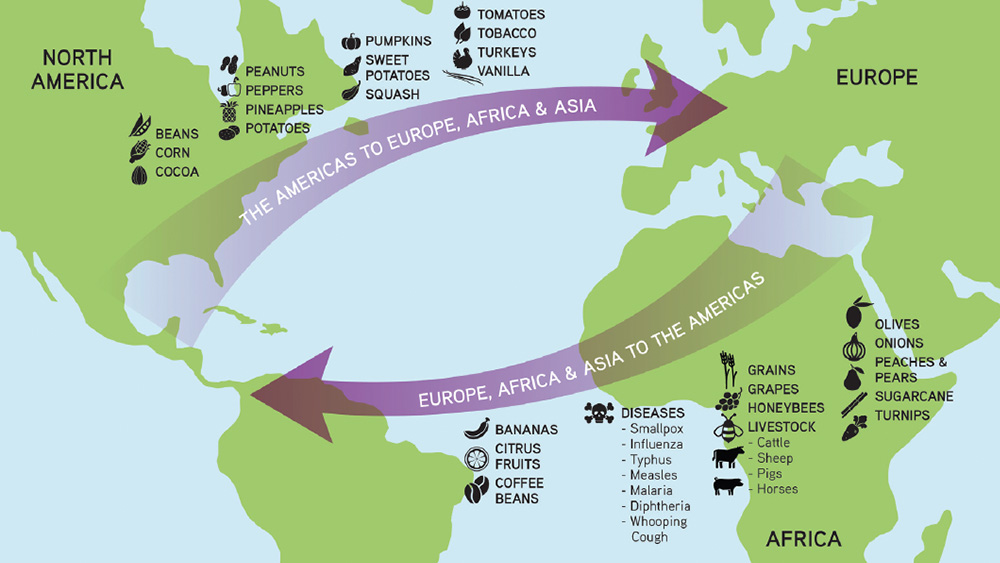
Lesson 6.8
The Columbian Exchange
The Columbian Exchange connected Afro-Eurasia and the Americas to create a truly global network that would forever change the course of history.
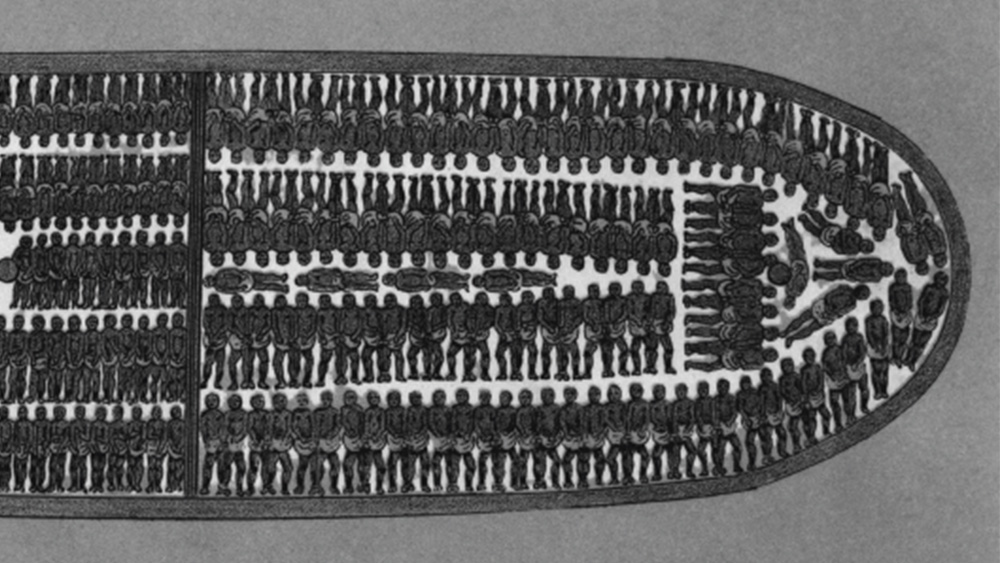
Lesson 6.9
The Transatlantic Slave Trade
The transatlantic slave trade enslaved and transported over 12.5 million Africans to the Americas. What were the causes and effects of this system?
 Teaching This Unit
Teaching This Unit
Unit 6 Vocab
Key Unit 6 vocabulary words and definitions.

Reading Overview
Reading strategies to help students dig into a variety of texts.

Vocabulary Guide
Strategies and routines for building vocabulary.

OER Teaching Sensitive Topics in Social Studies Guide
Support for having discussions that are difficult, but meaningful.

Historical Thinking Skills Guide
Develop the skills needed to analyze history and think like a historian.

Unit 6 Teaching Guide
All the lesson guides you need in one place.
